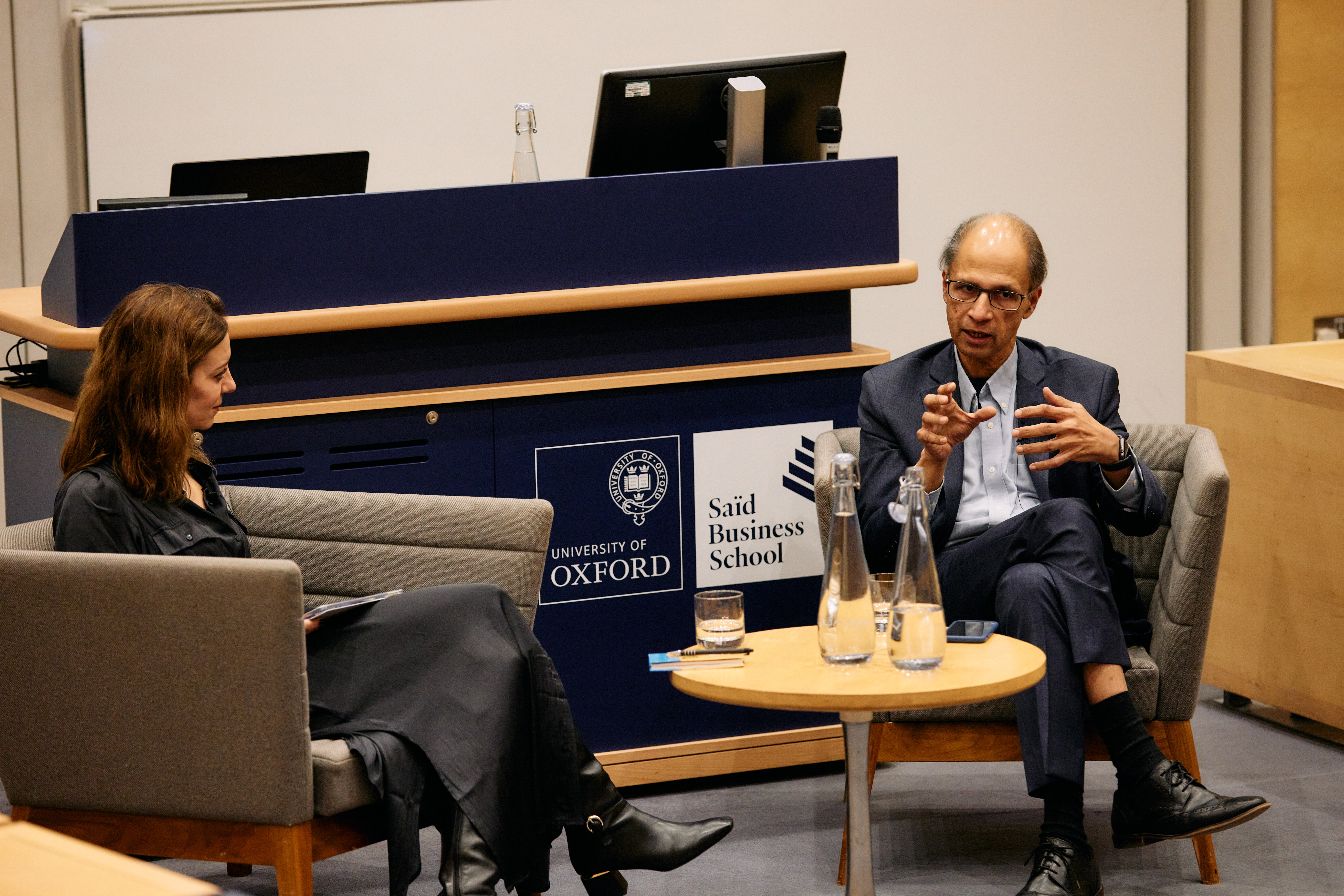When a banking regulator says, ‘More than anything else, it is Amazon and Google that keep me up at night’ it is clear that disruption is looming – and from an unexpected quarter.
It is not as if banks are unused to change. Over the past three decades, retail banks have steadily shed their associations with bricks-and-mortar branches, long queues, restricted opening hours, multiple paper forms, and inaccessible products. For most consumers and small businesses, banking now is done 24/7 online, over the telephone, and via an app, with payments so frictionless you can almost lose sight of the fact that you are spending money at all. In emerging economies, mobile technologies have enabled people to ‘leapfrog’ over the legacy banking systems, increasing financial inclusion and facilitating payments for thousands of micro-enterprises.
But the most recent technological development in the sector has been described as a potential ‘Kodak moment’ for banks and an opportunity for the global technology platforms to gain even more market power. Over the last five years, open banking (through open APIs – or ‘application programming interfaces’) has made it possible for customers’ data to be shared securely, paving the way for a raft of innovations by third-party developers.
I often describe it by likening customer data to electricity. Open banking gives third parties the socket that fits into a plug to allow data to flow out and be used for innovative services. Thanks to this protocol, customers can benefit from a range of new and helpful money management tools, from being able to check credit scores in real time to saving and even investing ‘spare change’.
It’s not only small entrepreneurs who can take advantage of this. Big tech companies can too – and that is worrying.

As part of the Oxford Future of Finance and Technology Initiative I recently interviewed Likhit Wagle, Managing Partner in Financial Services, IBM Consulting EMEA. He talked about the way in which companies such as Alibaba and Tencent began offering their customers in Asia easy payment systems. This was followed by lending and other financial services. He told us, ‘A number of banking CEOs were starting to say that this wasn't a question of losing a little bit of market share, it wasn't a question of having a little bit of squeezing on margins: what they were actually seeing was rafts of their business disappearing overnight.’
It is easy to see why these practices work for the consumer. Because the big tech companies have so much data about their customers’ spending habits they can bypass many of the formal assessment processes needed for services such as loans. And they can offer financial products along with other products at just the right time for the customer to take advantage of them: for example, Klarna’s buy-now-pay-later scheme, which pops up as an offer just before checkout.
This is where the real danger lies. The speed and apparent simplicity of a data-facilitated transaction is hugely attractive. And few people find finance and banking intrinsically interesting, so embedding it in the much more enjoyable pastime of shopping can capture customers without their even noticing. (Or as my colleague Jonathan Reynolds, Associate Professor in Retail Marketing puts it: ‘Social commerce combines our first favourite activity, socialising, with our second favourite, shopping.’)
Data can flow both ways, of course, and theoretically there should be nothing stopping banks offering these kinds of services themselves. Wagle described how (with IBM’s help) even a veritable pillar of the establishment, the State Bank of India (SBI), not only conducted a complete digital transformation within two and a half years, but then created a shopping app, Yono, which offers discounts on selected top brands through using SBI services. However, the work needed for a transformation on this scale is likely to shut many other banks out of the market.
So what can be done to level the playing field and ensure that customer benefits of open banking are not negated by reinforcing the market oligopoly of the big tech companies?
For a start, banks can up their game, recognising that big tech is a serious competitor and more money-management tools will just not cut it as a value proposition. Investment banks have responded to digital innovation often by focusing even harder on relationships. To be fair, some banks are attempting to do the same with retail customers but, after years of cutting costs and reducing contact to a do-it-yourself dashboard, it may well be a hard slog. Wagle’s suggestion during our event was for a much more practical take on SBI’s shopping app. ‘What we've been trying to say [to banks] is why don't you get an ecosystem together that would bring together all the providers that would be necessary for people to deal with the problems around their heating and energy costs? Where do I get government grants from, where do I go if I want to put insulation into my house, where do I go if I need to get a heat pump? With all of the different providers that are out there at the moment it's a nightmare for any customer, even a sophisticated customer, to be able to do the research and find who the right player would be for each one of those things.’
But, as importantly, regulators and policy makers need to accelerate efforts to define the boundaries of data privacy and data usage across sectors. This needs to be done urgently and proactively, given that the big technology companies are inclined to work on the basis of begging forgiveness rather than asking permission.
In addition to her research in strategy and entrepreneurship in technology markets Pinar has extensive expertise in executive education.





